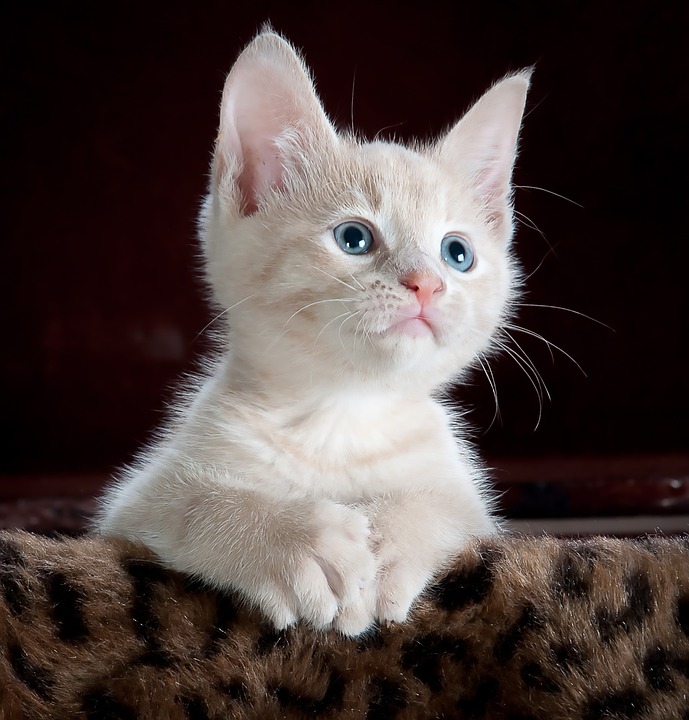cats
Feline animals have a high reproductive rate. If breeding is controlled, they can reproduce and appear as pets, a leisure activity known as feline affection. The inability to control feline reproduction through neutering and immobilization, as well as the abandonment of previously owned pets, has resulted in a significant number of stray feline populations throughout the world that require population control. In certain areas outside of the feline population, this, along with habitat degradation and a variety of other factors, has contributed to the extinction of many species of flying creatures. Feline carnivores are known to have decimated categories of winged creatures within specific habitats and may have contributed to the extinction of isolated island populations. Feline carnivores are believed to be intrinsically involved in the extinction of 87 bird species, and the proximity of undomesticated, free-ranging feline animals makes species reintroduction unacceptable in some areas, even in generally reasonable areas.

CAT FEELING
Feline night vision is brilliant, seeing only one-sixth the amount of light needed for human vision. This is due to the presence of a transparent optic disc in the feline eye that reflects light that has passed through the retina back to the eyeball, expanding the eye\’s ability to reduce light. Another improvement in light reduction is the larger backside of the feline eye.

Unlike giant felines such as tigers, local felines have an open pupil. This opening pupil is necessary because the lower part of the feline eye can focus great light with no color difference and is considerably larger than the pupil of a giant feline. When light levels are low, the feline grows to cover most of the unobstructed surface of the eye. Nevertheless, domestic cats have difficulty seeing shadows, possess only two types of cones (as do most warm-blooded nonhuman primates), are sensitive to blue and yellow-green, and have limited ability to recognize red and green.